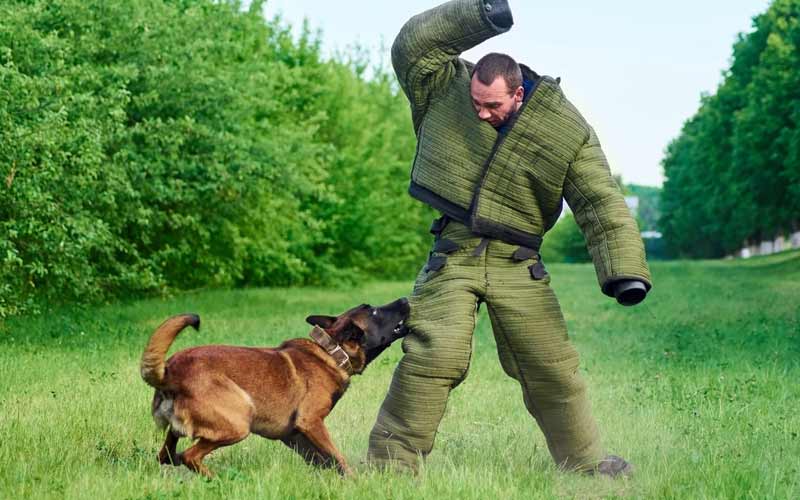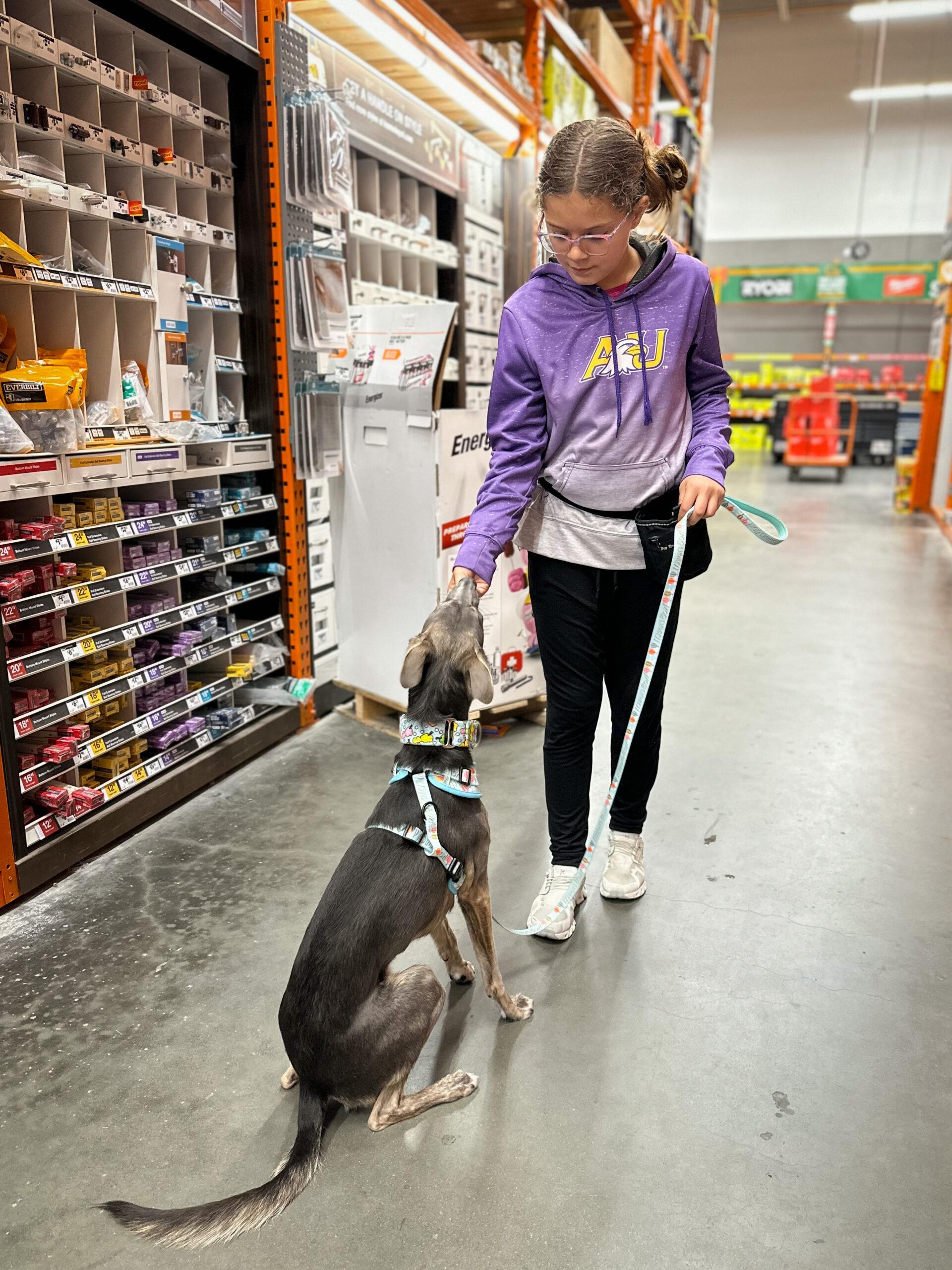Essential Tips for Successful Dog Training: An Overview for Family Pet Owners
Effective pet training is a diverse process that calls for a tactical approach tailored to both the pet's personality and the owner's objectives. Trick elements such as establishing regular commands, using favorable support, and promoting very early socialization play essential functions in cultivating a well-adjusted canine companion. Nonetheless, numerous animal proprietors encounter challenges that can prevent progression, bring about irritation and unpredictability. Understanding just how to browse these barriers can significantly enhance the training experience, ultimately changing the connection between proprietor and canine. What are the necessary strategies that can be used to guarantee success in this endeavor?
Understanding Dog Habits
Understanding pet actions is necessary for reliable training and cultivating an unified connection in between pooches and their proprietors. dog training. Dogs connect primarily through body language, vocalizations, and actions, making it important for owners to interpret these signals precisely.

Socializing plays a substantial function in pet dog behavior; exposure to various atmospheres, individuals, and various other animals can substantially impact a dog's personality. Furthermore, factors such as breed features and individual temperament must direct training methods, as some breeds might have details behavior qualities that demand customized methods. By understanding these elements, proprietors can develop an encouraging environment that urges favorable habits, causing effective training end results and a deeper bond with their pets.
Establishing Consistent Commands
Effective interaction with your canine starts with developing regular commands. This foundational component of training is critical for cultivating understanding in between you and your animal. Consistency in the commands you make use of makes certain that your canine can dependably connect specific words or phrases with the preferred habits.
When choosing commands, choose clear, unique words that are easy to separate and say from one an additional. Stay clear of making use of similar-sounding commands that may puzzle your pet dog. For example, making use of "sit" and "remain" is suitable, but "sit" and "struck" might bring about misconceptions.
Furthermore, keep the same tone and quantity for each and every command. Pets are sensitive to vocal hints, so varying your tone can produce complication.
It is similarly important to ensure that all household members get on the same page regarding the commands utilized. A united front in command use will prevent blended signals and enhance the discovering process.
Favorable Support Methods
The power of favorable reinforcement in canine training lies in its ability to encourage wanted actions through rewards and praise. This method is grounded in the principle that actions complied with by desirable end results are more most likely to be repeated. By incorporating positive reinforcement into your training regimen, you can successfully form your pet dog's habits in a constructive manner.
To carry out positive reinforcement, it's necessary to identify what inspires your pet, whether it be treats, toys, or spoken praise. When your pet executes a wanted activity, such as resting on command, immediately award them with a reward or affection. This association between the command and the favorable result strengthens their understanding.
It's crucial to timing the incentives properly; supplying the support within secs of the desired habits aids your canine make the link (dog training). Furthermore, uniformity is vital-- make certain that all household participants make use of the very same commands and benefit systems to avoid confusion

Slowly, you can minimize the frequency of deals with as your pet dog finds out the behavior, transitioning to applaud or intermittent benefits. This method not only cultivates a solid bond in between that site you and your canine yet likewise advertises a positive learning environment, making training a satisfying experience for both.
Socialization and Interaction
Consistently exposing your canine to a variety of settings, individuals, and other pets is essential for their social growth. Socializing ought to start early, ideally throughout the essential window of 3 to 14 weeks, when puppies are most receptive to brand-new experiences. However, older pet dogs can also profit from continuous socializing efforts.
Present your dog to different setups, such as parks, pet-friendly shops, and city locations. This direct exposure helps them adapt to numerous stimulations, reducing anxiousness and worry actions. Encourage positive communications with other dogs and people, making sure that these encounters are regulated and secure to foster confidence.
Make use of organized playdates with genteel pets, as this can enhance your dog's social abilities and educate them proper actions. Obedience classes and training sessions also provide outstanding opportunities for socialization, permitting your pet to engage with others in a supervised atmosphere.
Monitor your pet dog's body movement during interactions, as this will certainly assist you evaluate their convenience level. Gradually increase exposure to even more difficult circumstances while making sure that each experience is favorable. A well-socialized pet dog is most likely to exhibit balanced habits, making them a happiness to have in any setup.
Addressing Typical Training Difficulties
Every pet owner will encounter training difficulties at some time, no matter their pet's age or socializing degree. Identifying common problems such as stubbornness, disturbances, and terror can aid in developing efficient methods for renovation.
Progressively introduce interruptions as the pet ends up being a lot more skilled in commands. Short, regular training sessions are additionally effective in keeping focus.
Fearfulness can hinder a pet dog's understanding process. Gradual desensitization to the source of anxiety, matched with favorable support, can assist alleviate stress and anxiety. Patience is important; never ever compel a canine recommended you read into a scenario that creates distress, Read More Here as this might intensify the problem.
Eventually, understanding and attending to these common obstacles with an organized strategy will cultivate a much more efficient training experience, strengthening the bond in between canine and owner while advertising effective knowing.
Final Thought
In recap, effective pet dog training counts on an extensive understanding of canine habits, the facility of constant commands, and the application of positive support strategies. Socialization plays a vital role in creating well-adjusted animals, while resolving common training obstacles requires persistence and flexibility. By executing these vital methods, family pet proprietors can foster a solid bond with their canines and promote desirable habits, eventually bring about a harmonious partnership between human beings and their canine friends.
Understanding pet dog actions is important for reliable training and fostering an unified partnership in between pooches and their proprietors.Socialization plays a substantial function in canine actions; exposure to numerous environments, individuals, and other animals can substantially impact a canine's personality.The power of favorable reinforcement in pet training lies in its capacity to encourage preferred behaviors with benefits and praise. By incorporating positive reinforcement right into your training regimen, you can efficiently form your canine's behavior in a positive way.
In recap, successful dog training depends on a comprehensive understanding of canine behavior, the facility of regular commands, and the application of favorable reinforcement methods.
Comments on “Fun Tasks to Enhance Your Dog Training Experience”